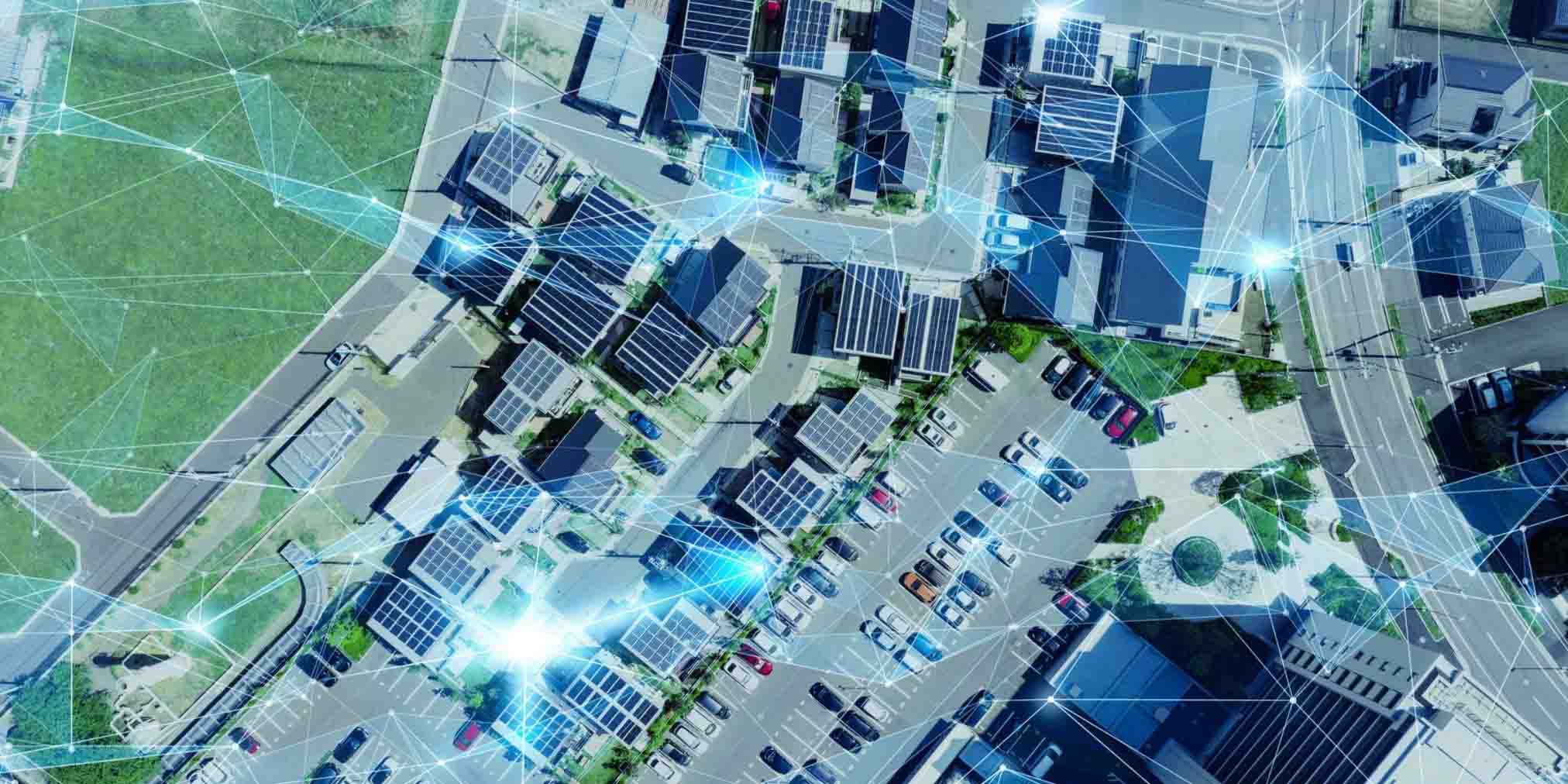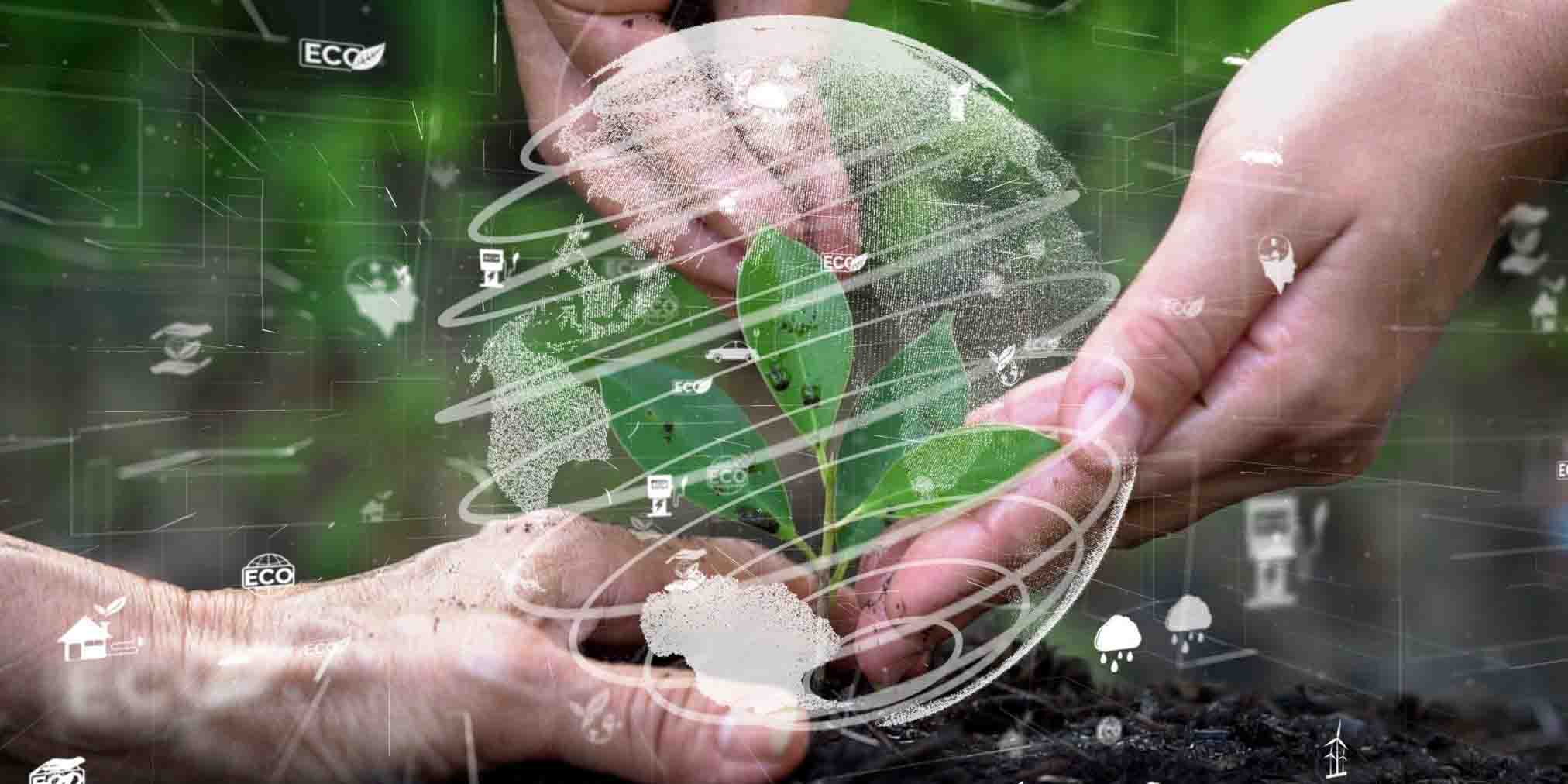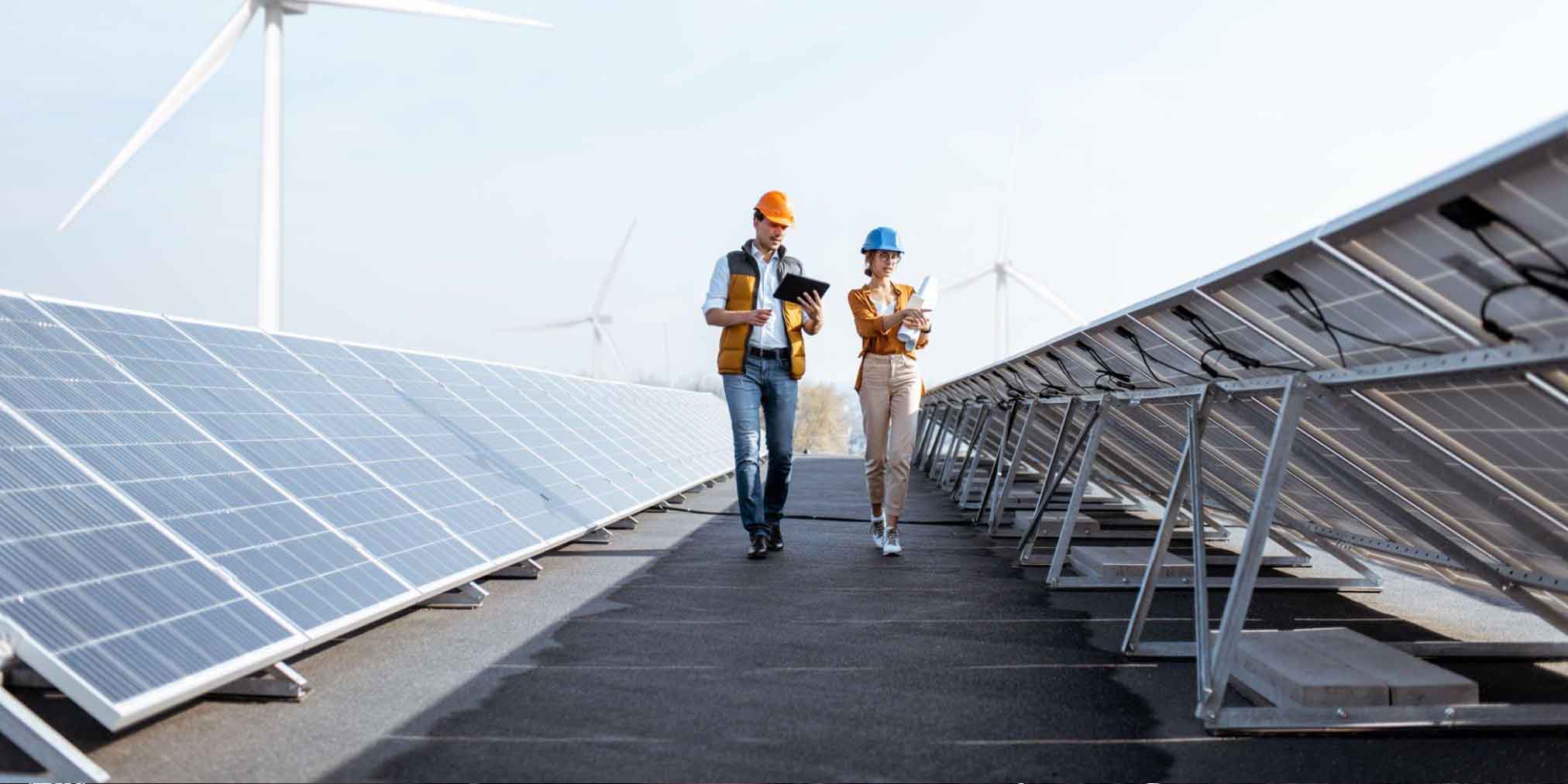

September 5, 2023
The world is rapidly shifting towards renewable energy sources, such as solar, wind, hydroelectric, geothermal, and biomass power technologies, which have become increasingly efficient and cost-effective.
We can make further advancements in the green energy field with the help of AI, for instance, by using machine learning algorithms to optimize wind turbines and solar panels. Additionally, AI in Renewable Energy can be used for predictive maintenance of these technologies. It reduces downtime and improves efficiency.
Companies worldwide are demonstrating the power of AI in reducing carbon emissions and saving energy. AI enables a broader array of green solutions for a sustainable future.
Smart algorithms powered by AI allow for simulated tests and experiments outside brick-and-mortar labs and physical testing environments. It speeds up the development process of new ways to generate and safely store renewable energy.
The last few years have brought an increased focus on the need for renewable energy solutions. It is more important than ever to find ways of replacing our reliance on fossil fuels with environmentally friendly solutions.
In some cases, this means utilizing existing technologies, such as solar and wind power, while other solutions are still in development, such as floating wind turbines and electric airplanes powered by fuel cells.
As clean, renewable energy becomes predominant; these options will become increasingly essential for meeting our energy needs. Whether these goals can be achieved remains to be seen, but one thing’s for sure – long-term sustainability must start with supporting renewable energy solutions.
AI and renewable energy are two of our age’s most important technological advancements. Both can revolutionize how communities are powered and how resources are used sustainably.
While they appear to be distinct topics, AI and renewable energy are inextricably linked. Advanced AI solutions can enhance the utility and performance of renewable deployments. They can power homes, businesses, communities, and whole countries.
From intelligent monitoring systems to predictive analytics, AI can optimize the performance of solar panels and wind turbines in real-time. This opens up exciting possibilities for anticipating future supply fluctuations and using their efficiency potential.

AI is revolutionizing how we approach renewable energy by empowering us with the necessary data and information. It helps us to make informed decisions on maximizing our use of renewable energy sources.
AI can develop efficient algorithms and models to simulate the outcomes of renewable energy projects. These simulations evaluate feasibility in terms of impact, cost-effectiveness, and the environment.
By crunching vast amounts of data points, AI can detect new patterns in existing data that may not be readily apparent otherwise. This helps us better understand the potential efficiency gains that could be achieved by utilizing more efficient technologies.
Additionally, AI systems can control microgrids, allowing for precise control over how we consume and generate electricity depending on the most required. AI’s fast data analysis and automation make it indispensable in the renewable energy sector as we move towards a greener future.
Through automation and optimization, AI algorithms streamline processes and help use previously untapped avenues of energy production. By optimizing solar panels, AI makes renewables more consistent and predictable while helping reduce consumption demands on the grid.
Thus, AI in Renewable Energy carries the potential to drastically simplify our society’s transition towards a fully sustainable future.
The use of advanced AI solutions brings many benefits to renewable energy, notably in the realm of decision-making. AI can identify patterns and correlations, enabling efficient decisions about utilizing renewable energy resources.
AI solutions can quickly process large amounts of data, saving time and money by providing speedy insights. As technology evolves and improves, AI will undoubtedly become a more incredible asset in optimizing renewable energy sources.
AI has opened up new avenues in the renewable energy sector, with increased efficiency being among the most tangible benefits. By leveraging AI-driven machine learning models, businesses can identify patterns and trends in how their products use and consume energy.
When companies recognize and address these usage patterns, they’re more likely to benefit from improved efficiency which can lead to cost savings. Additionally, more sophisticated models developed by AI processes have been shown to reduce a company’s carbon footprint significantly.
Given these advantages of incorporating AI into renewables planning, it’s clear that this technology should be seriously considered in any green-oriented business strategy.
AI technology can support advancements in manufacturing and engineering solar power systems. It allows renewable energy to be harvested more efficiently, expanding its reach and impact on the world.
With AI, developers can generate better applications for solar power harvesting machines. It helps to make their energy far more distinguished than before.
Moreover, AI technology helps reduce costs associated with the growth of green tech solutions, making them more accessible to everyone. In other words, AI in Renewable Energy is playing a significant role in advancing new opportunities while helping to reduce global pollution levels.

AI has an incredible impact on renewable energy initiatives, especially with the advancement of wind power technology. AI’s capacity for data crunching and analysis makes it easier to predict patterns in wind speeds and weather conditions to increase the accuracy of turbines.
This information can be used to make adjustments quicker and more efficiently. It ensures the optimal amount of energy is harvested from every gust of wind.
Additionally, AI-assisted machines can be used for maintenance tasks such as:
All these combined result in a much higher energy yield to meet our demand for cleaner and sustainable energy sources.
AI technology has a major impact on the renewable energy sector, and its influence on hydroelectric power technology is particularly noteworthy. AI-driven models and analytics are being used to optimize the design of new hydroelectric installations for higher energy efficiency.
For instance, using AI to leverage environmental factors like currents has improved the placement of water turbines in rivers.
Furthermore, AI-powered control systems are also being implemented to remotely monitor the performance of entire hydroelectric facilities from a single location, drastically reducing maintenance costs.
AI promises to take green tech even further shortly. This allows us to explore more creative strategies for making renewable energy reliable and cost-effective for any industry.
Harnessing the potential of AI for a greener future is key to our survival. To achieve this, every effort needs to be made for collaborative developmental efforts. These efforts must be bolstered further, with the potential benefits outweighing the costs.
To make drastic progress in green tech developments, steps must be taken to move forward—for instance, increasing investments in renewable energies and passing legislature that make AI applications mandatory in new green initiatives. Although this will require global cooperation, it has never been more urgent for us to embrace AI for a better tomorrow.